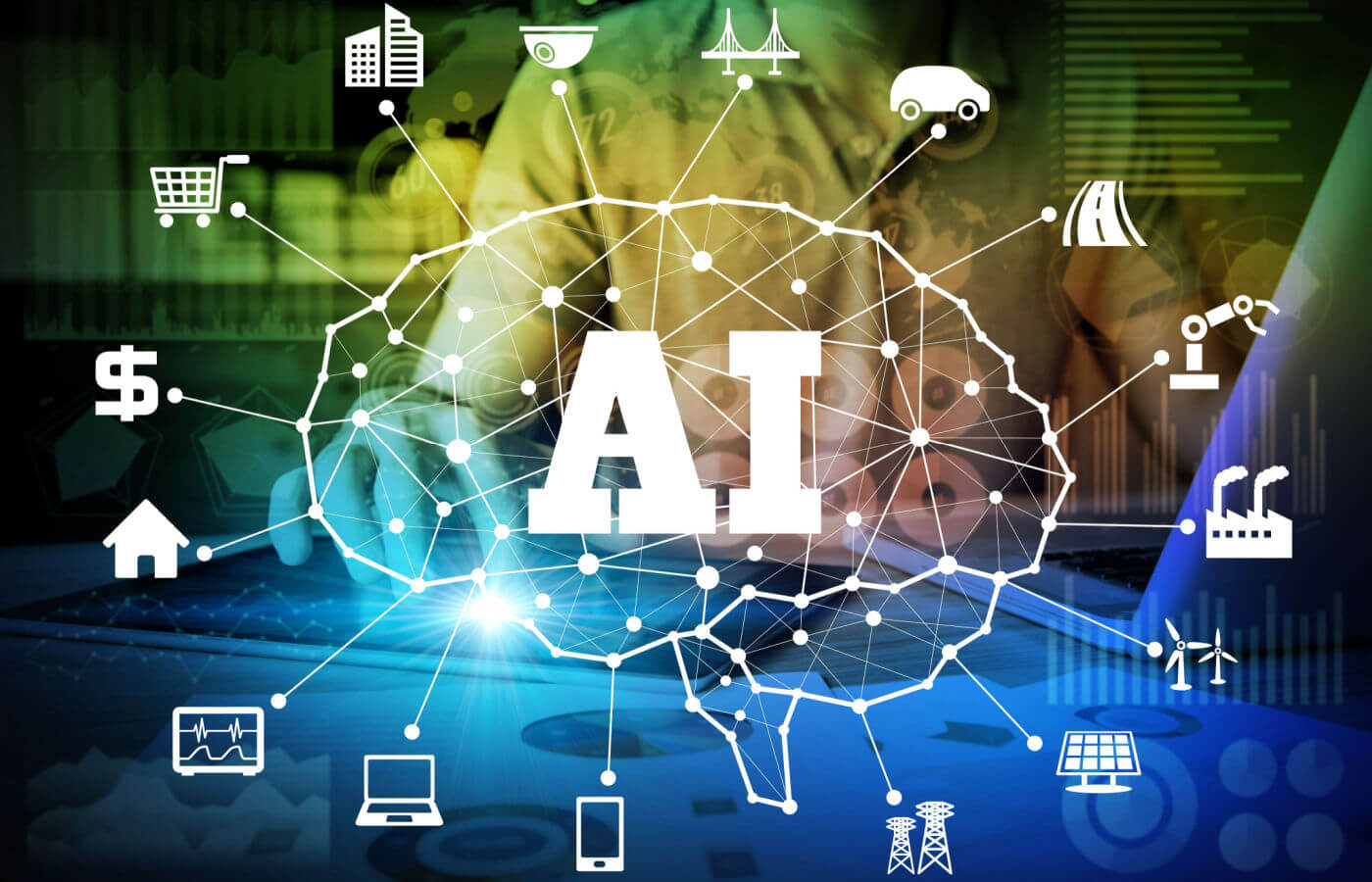OpenAI Set to Launch Open-Weight Language Model in the Coming Months

OpenAI’s New Open-Weight Language Model
Introduction to Open-Weight Models
OpenAI, a leading organization in artificial intelligence, is planning to release a new open-weight language model in the near future. This significant shift marks a departure from its previous practices, which focused on reducing the availability of open-source models in the AI landscape.
What Does "Open-Weight" Mean?
Open-weight models are those where the weights and parameters of the AI model are made publicly accessible. This allows developers and researchers to utilize, modify, and improve upon the existing model. OpenAI’s decision to pursue this path has generated considerable interest and discussions within the AI community and beyond.
Timeline for Release
Reports indicate that OpenAI aims to unveil this new model in the coming months. The anticipation is high as details about the model continue to emerge. With each update, the excitement about its potential applications and capabilities grows.
What We Know About GPT-5
In parallel with the development of the open-weight model, OpenAI is also working on GPT-5. This model promises to enhance capabilities over its predecessors significantly. While specific details about the features of GPT-5 remain limited, experts suggest it will offer improved performance in understanding and generating language compared to earlier models.
Insights from Key Figures
Sam Altman, the CEO of OpenAI, has been vocal about the company’s direction. He has hinted at the importance of making AI technologies more accessible, indicating a shift in OpenAI’s strategy to embrace more open-source principles. This move could lead to greater collaboration among developers and researchers and potentially accelerate innovation in AI.
The Importance of Open-Source Models
- Collaboration Opportunities: Open-weight models encourage collaboration among developers, researchers, and companies, leading to shared improvements and innovations.
- Transparency: Public access to model weights promotes transparency. It allows for public examination and understanding of how models work, which can enhance trust in AI technologies.
- Fostering Innovation: By allowing various stakeholders to modify and adapt the model, open-source initiatives can lead to rapid advancements in AI capabilities.
Response from the Community
The community’s reaction has been largely positive, with many experts discussing the implications of OpenAI’s pivot towards open weight models. This move contrasts with earlier practices where AI advancements were kept more proprietary. Many in the tech community view this as a step in the right direction, showcasing a commitment to furthering technological advancement through shared resources.
Future Implications
By embracing open-weight models, OpenAI might set a precedent that could influence other organizations in the AI field. The potential accessibility and collaborative nature of open-weight models could lead to breakthroughs in various applications, from natural language processing to AI-driven analytics.
In summary, OpenAI is on the cusp of a significant change in its approach to AI model development. The introduction of an open-weight model, alongside the anticipated GPT-5, is likely to alter the dynamics of AI technology and innovation, paving the way for more collaborative efforts in the field.






